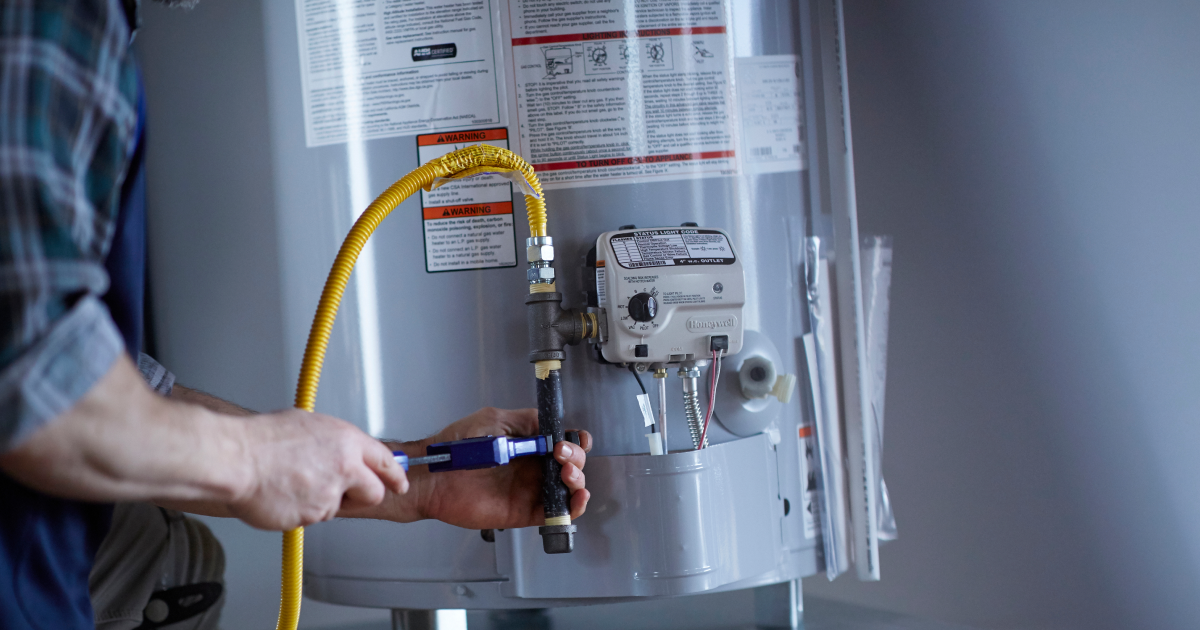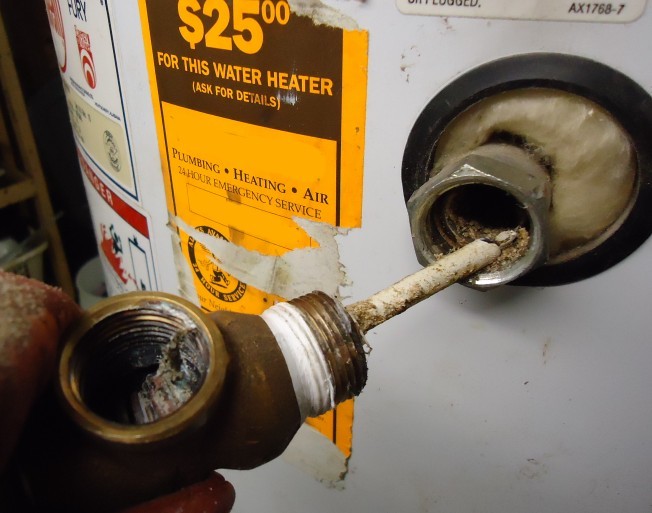Steps to Prolong the Life of Your Home's Hot Water System Through Maintenance
Steps to Prolong the Life of Your Home's Hot Water System Through Maintenance
Blog Article
What're your opinions concerning What Kind of Maintenance Do Water Heaters Need??

Warm water is vital for daily convenience, whether it's for a refreshing shower or cleaning dishes. To ensure your hot water system runs successfully and lasts longer, routine upkeep is essential. This article supplies practical ideas and insights on how to preserve your home's warm water system to avoid disturbances and expensive repairs.
Intro
Keeping your home's hot water system may seem overwhelming, yet with a few basic steps, you can guarantee it operates smoothly for several years to come. This overview covers every little thing from comprehending your hot water system to DIY upkeep pointers and recognizing when to hire expert aid.
Relevance of Maintaining Your Hot Water System
Routine upkeep not only prolongs the life expectancy of your warm water system but also ensures it operates effectively. Neglecting maintenance can result in reduced effectiveness, greater power expenses, and also early failing of the system.
Indicators Your Warm Water System Demands Upkeep
Recognizing when your warm water system requires attention can avoid major issues. Look out for signs such as inconsistent water temperature, strange sounds from the heating unit, or rustic water.
Flushing the Water Heater
Flushing your water heater removes debris buildup, improving efficiency and prolonging its life.
Monitoring and Changing Anode Rods
Anode poles stop rust inside the container. Evaluating and changing them when worn is important.
Complicated Issues Requiring Specialist Aid
Examples consist of major leakages, electrical issues, or if your water heater is continually underperforming.
Regular Expert Maintenance Benefits
Specialist upkeep can include extensive evaluations, tune-ups, and guaranteeing compliance with safety criteria.
Checking and Changing Temperature Level Settings
Readjusting the temperature settings makes certain optimal efficiency and safety and security.
DIY Tips for Maintenance
You can execute a number of upkeep jobs yourself to maintain your warm water system in top problem.
Checking for Leakages
On a regular basis examine pipelines and connections for leaks, as these can bring about water damages and greater bills.
Recognizing Your Hot Water System
Prior to diving into maintenance jobs, it's helpful to comprehend the standard elements of your warm water system. Usually, this includes the hot water heater itself, pipes, anode poles, and temperature controls.
Month-to-month Maintenance Tasks
Routine monthly checks can assist catch small issues before they rise.
Evaluating Stress Relief Valves
Checking the pressure safety valve guarantees it functions appropriately and prevents extreme stress buildup.
Shielding Pipes
Protecting warm water pipes decreases warmth loss and can save energy.
When to Call a Specialist
While DIY maintenance is valuable, some issues need specialist competence.
Verdict
Regular upkeep of your home's warm water system is essential for effectiveness, durability, and price financial savings. By following these pointers and recognizing when to seek professional assistance, you can make sure a reliable supply of hot water without unforeseen disruptions.
How to Maintain an Instant Hot Water Heater
Before tinkering with your hot water heater, make sure that it’s not powered on. You also have to turn off the main circuit breaker and shut off the main gas line to prevent accidents. Also turn off the water valves connected to your unit to prevent water from flowing into and out of the appliance. 2. When you’re done, you have to detach the purge valves’ caps. These look like the letter “T†and are situated on either side of the water valves. Doing so will release any pressure that has accumulated inside the valves while at the same time avoid hot water from shooting out and burning your skin. 3. When the purge valves’ caps are removed, you have to connect your hosing lines to the valves. Your unit should have come with three hoses but if it didn’t, you can purchase these things from any hardware or home repair shops. You can also get them from retail stores that sell water heating systems. Read the user’s manual and follow it to complete this task properly. When the hosing lines are connected, open the purge port’s valves. 4. You should never use harsh chemical cleaners or solutions when cleaning your unit. Make use of white vinegar instead. It should be undiluted and you’ll probably use about 2 gallons. 5. Now flush your water heater. This task should probably take about 40 minutes. We can’t give you specific directions for this because the procedure is carried out depending on the type, model and brand of your heater. With that being said, refer to the user’s manual. 6. When you’re done draining the unit, you have to turn off the purge port valves again. Remove the hosing lines that you earlier installed on each of the water valves. Put the valve caps (purge port) back in their respective places and be very careful so as not to damage the rubber discs that are found inside these caps. 7. Now that everything’s back in place, check your user’s manual again to find out how to reactivate your water heating system. 8. Once it is working, turn one of your hot water faucets on just to let air pass through the heater’s water supply pipes. Leave the tap on until water flows smoothly out of it. https://www.orrplumbing.com/blog/2014/september/how-to-maintain-an-instant-hot-water-heater/

I ran across that write up on How to Maintain Your Water Heater & Prolong its Life when perusing the internet. Liked our entry? Please quickly share it. Help other people locate it. Thanks for being here. Revisit us soon.
Click Here Report this page